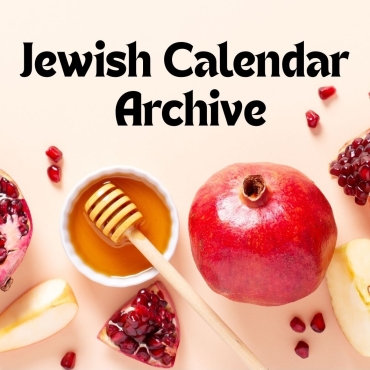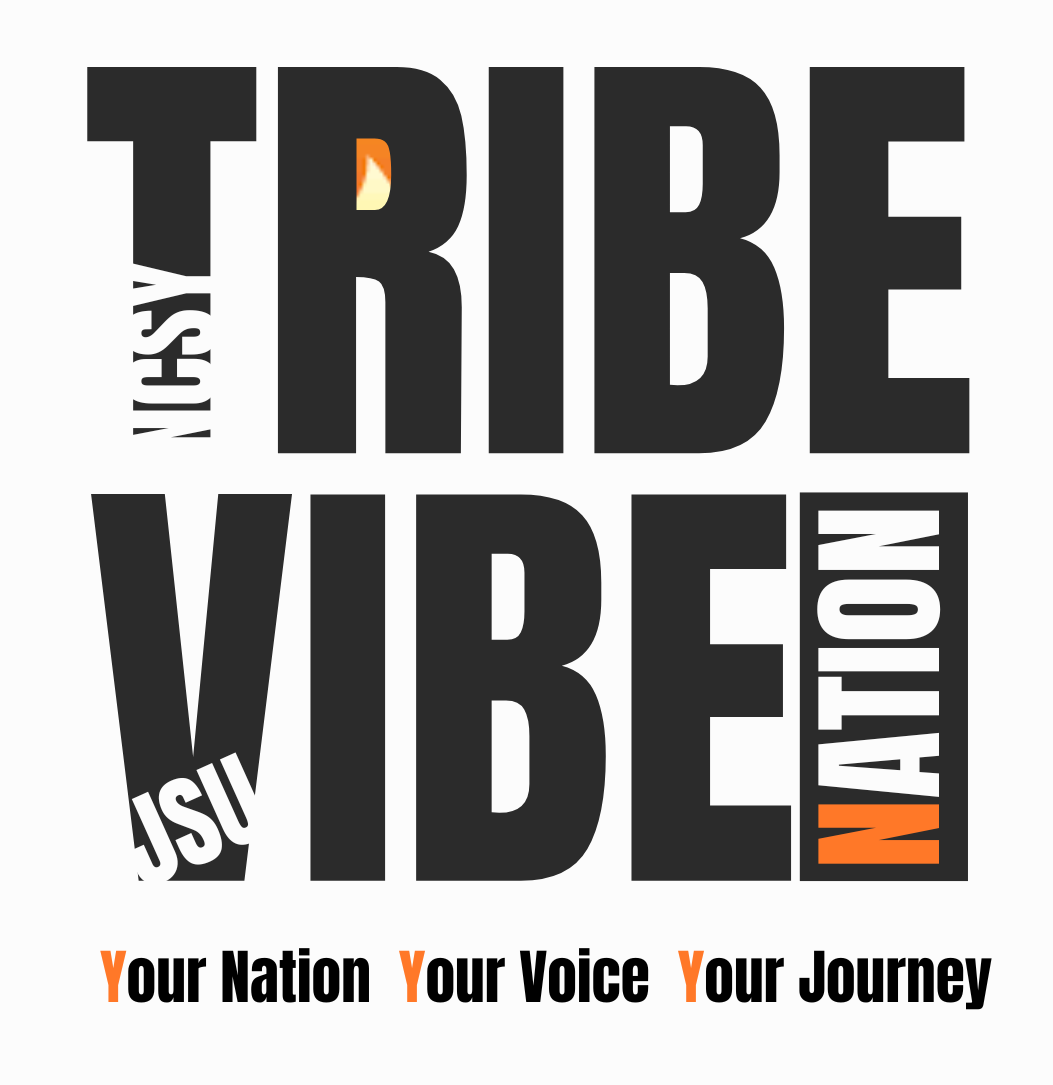Rosh HaShana Fish vs Lamb Heads https://www.tiktok.com/@ ...
Why Do We Eat Cheesecake on Shavuot?
View this post on Instagram A post shared by Tribe Vibe Natio ...
Bitterness with a Purpose: Why We Eat Marror
View this post on Instagram A post shared by Tribe Vibe Nati ...
Unmasking Purim: The Powerful Meaning Behind Costumes
View this post on Instagram A post shared by Tribe Vibe Nati ...
The Gragger: More Than Just Noise – A Symbol of Jewish Strength
View this post on Instagram A post shared by Tribe Vibe Nati ...
How do we know God exists?
View this post on Instagram A post shared by Tribe Vibe Nati ...
What’s in a Name? The Meaning and Power of Jewish Names
View this post on Instagram A post shared by Tribe Vibe Nati ...
Can one be Jewish and Black?
View this post on Instagram A post shared by Tribe Vibe Nati ...
The History and Importance of Gefilte Fish
View this post on Instagram A post shared by Tribe Vibe Nati ...
Why Do Bad Things Happen to Good People?
Why do bad things happen to good people? Judaism teaches that while we may not fully understand G-d’s plan, challenges help us grow, and our response can bring light to darkness. Through faith, community, and acts of kindness, we find meaning and hope amidst life’s struggles.













